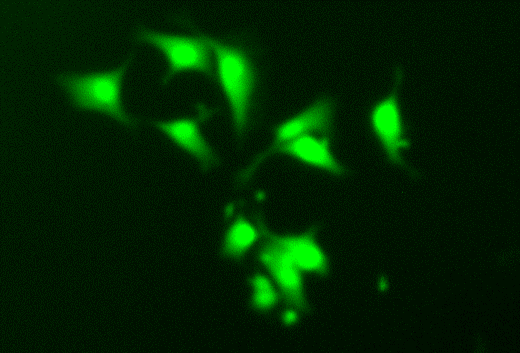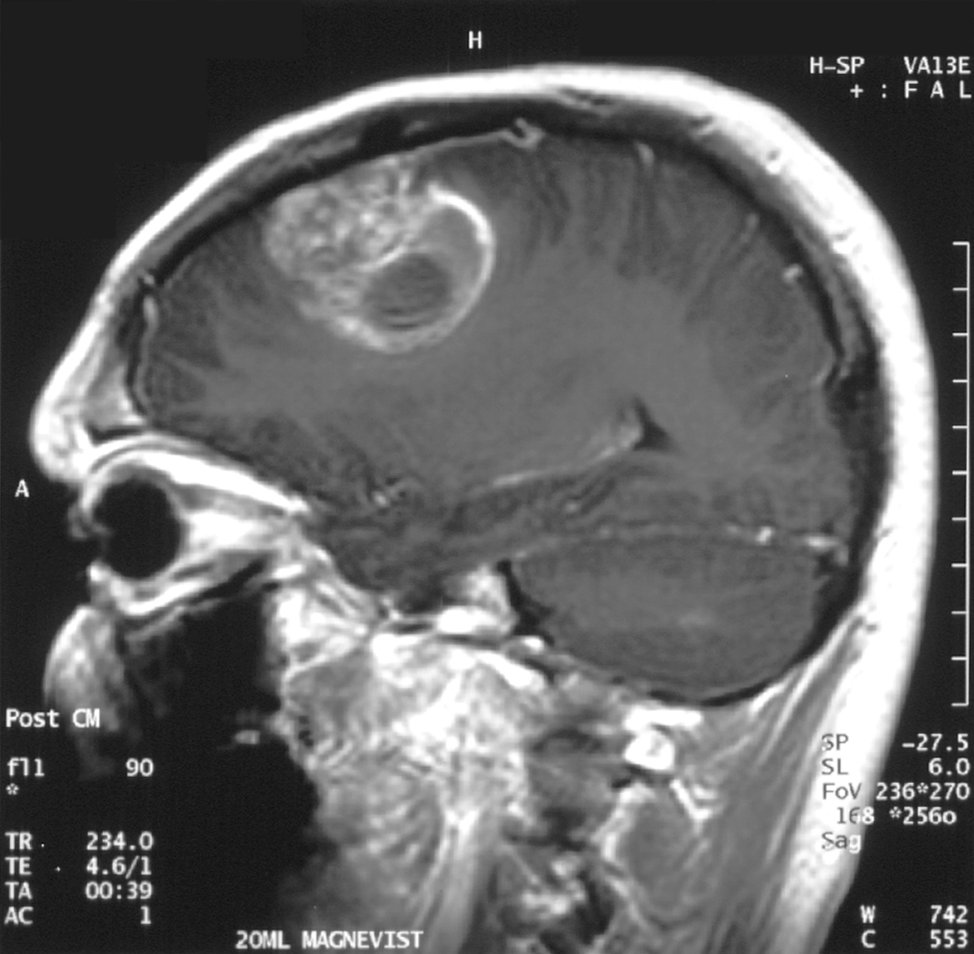Glioblastoma: electric treatment?
At Mines Saint-Étienne, the ATPulseGliome project is looking into a new form of cancer treatment. This therapeutic approach is aimed at fighting glioblastoma, an especially aggressive form of brain cancer, using electrical stimulation. It could eventually increase the life expectancy of glioblastoma patients in comparison with chemotherapy and radiotherapy treatment.
Glioblastoma is a rare form of brain cancer. Of the 400,000 new cases of cancer recorded each year in France, it affects 2,400 people, or 0.6%. Unfortunately, it is also one of the more severe forms, with the life expectancy of glioblastoma patients at between 12 to 15 months with treatment. To improve the survival chances of those affected, Mines Saint-Étienne is leading the ATPulseGliome project, in collaboration with the University of Limoges and with funding from the EDF Foundation. The team of researchers, led by Rodney O’Connor, is testing an approach using electric fields to find new types of treatment.
The glial cells are located around the neurons in our brain. These are the cells affected by glioblastoma. “One particular type of glial cell is affected: the astrocytes” says Hermanus Ruigrok, a cellular biologist at Mines Saint-Étienne and researcher on the ATPulseGliome project. The normal role of astrocytes is to provide nutrients to neurons, repair brain lesions, and ensure separation between the nervous system and blood circulation system. Like all cells, astrocytes regenerate by division. Glioblastoma survive when the astrocytes behave abnormally, dividing in an uncontrollable manner.
Targeting glioblastoma without affecting healthy cells
ATPulseGliome is looking into a form of treatment based on electrical stimulation of cancer cells. “Healthy astrocytes are not sensitive to electricity, but glioblastoma cells are” explains Hermanus Ruigrok. This difference is the foundation of the treatment strategy, which will target the cancer cells only, not the astrocytes and other healthy cells. Glioblastoma cancer cells have a larger amount of proteins in their membrane which are sensitive to electricity.
These proteins act as doors, letting ions in and out, thus enabling communication between the cell and the outside environment. This door malfunctions under the effect of electrical stimulus. An unusually high number of ions then enter the cancer cell, causing harmful effects. “This strategy will allow us to destroy only the cancer cells, and not the healthy astrocytes, which are not sensitive to the electrical stimulus” Hermanus Ruigrok highlights.

Glioblastoma cells, marked with fluorescence.
It is still much too early to trial this technique on patients. The ATPulseGliome team is working on glioblastoma cell lines. Initially, these cells come from a patient with this form of cancer, but they are cultivated, reproduced and isolated in in vitro experiments. By eliminating the complex molecular interactions present in a real patient, this first step helps to clarify the scientific objectives and test the feasibility of in vivo tests. During this phase, researchers will look at the different types of electrodes to be used for sending an electrical field, determine the characteristics of the electrical signal required in stimulating cells, and measure the initial responses of glioblastoma to the electrical impulses.
To complete these steps, the team at Mines Saint-Étienne is working with Institut des neurosciences de la Timone in Marseille. “We want to take on as many specialists as possible, as the project requires a range of skills: biologists, electronics engineers, neurologists, surgeons, etc.”, Hermanus Ruigrok explains. Although it is a lengthy procedure, this multidisciplinary approach could increase the life expectancy of patients. “We can’t say in advance how much more effective this electrical field approach will be compared with the chemotherapy and radiotherapy currently used”, the researcher explains. “Although it may be difficult to fully cure this cancer, being able to monitor and limit its development in order to significantly increase the life expectancy of those affected by glioblastoma would be a form of satisfaction.”




Leave a Reply
Want to join the discussion?Feel free to contribute!